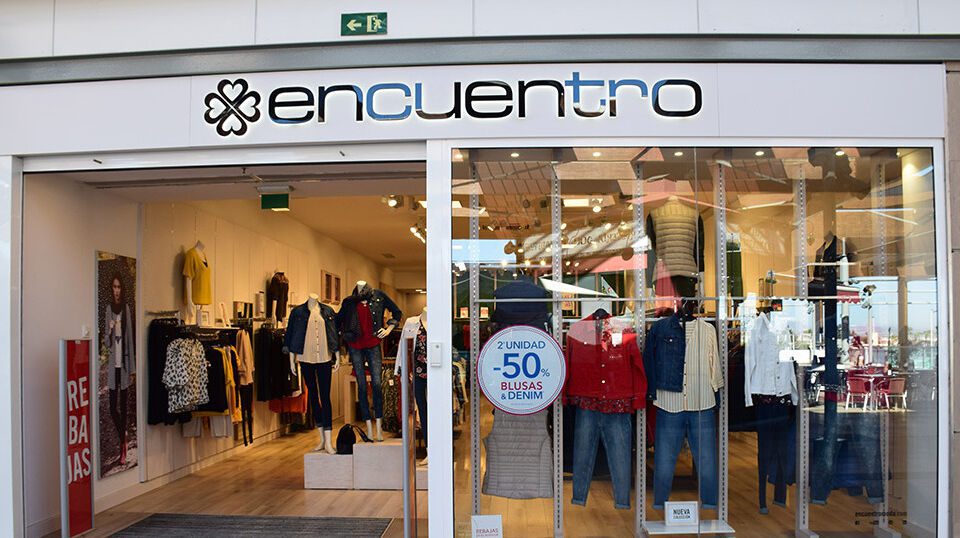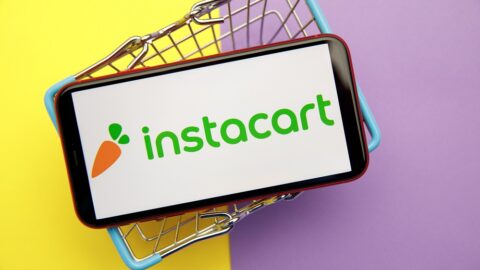Editor’s Note: A version of this article originally appeared in RFID Journal.
Spanish fashion retailer Encuentro Moda is deploying a radio frequency identification solution across its 125 stores, both to meet omnichannel requirements and to gain visibility into the stock availability at each store and throughout the supply chain. The rollout, which began in September 2020, was completed within only four weeks, according to Nedap, the technology provider. The retailer has achieved stock accuracy of 98% at the first store in which the technology was deployed, and it is still measuring other potential gains, such as sales lifts due to merchandise availability and the ability to provide goods to online shoppers more quickly.
Encuentro Moda expects to increase sales, reduce the incidence of out-of-stocks and achieve overall margin improvements. With the UHF RFID technology-based solution provided by Nedap, the primary long-term objective is to achieve full supply chain visibility and merchandise visibility within all of the company’s stores across Spain, according to Gonzalo de Lorenzo, CEO, Encuentro Moda. The retailer was founded in 1986 by Raúl Méndez on Spain’s Gran Canary Island, and now has 145 points of sale throughout Spain, including 125 stores, and operates under the women’s fast-fashion brands Encuentro Moda and Öbu.
Encuentro Moda was already meeting a growing demand for omnichannel services from digital shoppers when the COVID-19 pandemic began. “Encuentro Moda has made great efforts in the last year to adapt in an extraordinary way to the changes that the sector has been indicating for some years now,” reported Sergio Gutiérrez, RFID Business Development Manager at Nedap. The focus has centered around omnichannel sales: “The key objective for deploying RFID has been the need to have [item-level] stock visibility in real time that makes it possible to sell from any channel,” said Gutiérrez.
Adding Real-Time Inventory Data
In July 2020, Encuentro Moda began working with Nedap by integrating the provider’s !D Cloud software-as-a-service with the retailer’s own enterprise resource planning (ERP) software. Encuentro Moda’s resulting closed-loop software platform includes the company’s ERP and POS software, which communicate with the !D Cloud RFID inventory-management software. This connectivity allows data transfer and provides accurate real-time business information.
The retailer can track stock levels at each store and warehouse in real time, enabling online stores to reflect accurate stock levels at all sites. This visibility enables accurate and fast order fulfillment, whether orders are placed as ship-from-store, click-and-collect or click-and-reserve.
Following software integration and initial deployment at a test store, the companies launched a cascade deployment model for rolling out the technology to the remainder of the stores. The rollout was completed in October 2020. RFID tag-read data is captured, stored and analyzed in Nedap’s !D Cloud software, using its Electronic Product Code Information Services (EPCIS) repository to store all information at the item level.
Source Tagging Provides Basis for Inventory Tracking
First, all pieces of merchandise, including garments and accessories, are tagged at the point of manufacture. The tags are attached and encoded onsite, and that data is captured in the Nedap software. “Thanks to our collaboration with [Encuentro Moda’s] source-tagging partner, we know the status of the product from the moment it leaves the factory,” said Gutiérrez. Currently the tagged products are not read again until they arrive at the store: “However, we are currently working to implement checking points to determine real-time positioning within the supply chain,” he added.
Each store employs the Nedap !D Hand handheld UHF RFID readers, which have a Bluetooth connection to Bluebird smartphones. When goods are received at a store, sales associates use the !D Hand device to read each tag ID, and that data is forwarded to the !D Cloud app on a smartphone, thereby updating the status of the goods as they are received. Once the products are at the store, the tags can subsequently be read as part of scheduled inventory counts at that location.
The smartphone forwards the collected read data to the !D Cloud software, thus automatically updating stock counts. The company can view which goods are available onsite at each store, as well as when they need to be replenished.
If a specific item is required, a worker can put the handheld in Geiger counter mode and locate those goods within the store. All of the store’s operational processes are now captured via RFID, according to de Lorenzo, so employees’ workloads have been significantly reduced, thereby increasing the efficiency and accuracy of all personnel at those locations.
The company can now validate all goods received at each store within only a few seconds, Gutiérrez noted. This enables the retailer to gain a view into the locations of all goods, whether they are in warehouses or stores, in order to control all internal movements between sub-locations that might occur, as well as sales. “The entire store process cycle is now supported by RFID, to guarantee data in real time,” said Gutiérrez.
The handheld readers also are employed for online order fulfillment. Store associates first receive a push notification in !D Cloud, informing them of the need to prepare an online order. The employee then accesses the system’s Pick&Pack functionality to process the order fulfillment for BOPIS or for delivery to the customer’s address. Staff can then read the tag of each product as it is being packed according to the customer order, and thus update the store’s inventory count.
Remote Training Creates Smooth Deployment Despite COVID
Despite the challenges of a rapid rollout during the pandemic, Nedap provided remote training solutions and coordinated deployments. The solution provider has not been required to be present onsite at every store during deployment — only at the first three locations. “COVID-19 has validated that our deployment model works even in the most adverse circumstances,” said Gutiérrez.
All Encuentro Moda stores are now using the system. “In the next three months, we will address the implementation of new functionalities,” said de Lorenzo. The fashion retailer next intends to extend the technology to its distribution centers. “It is essential to have this technology from the source in order to get the most out of it, but it shines especially in the stores where high accuracy levels are achieved,” he added. “From our replenishment we gain in efficiency, and we expect to reduce sales losses due to stock-outs.”
During this fashion season, all tagging has been performed at the source, with RFID tags built into hangtag labels. Going forward, Encuentro Moda is proceeding to leverage RFID-enabled care labelling sewn into specific products and provided by certain suppliers.
To date, the !D Cloud-based data has provided complete stock visibility, allowing management to make effective decisions pertaining to merchandising and in-store product displays.













